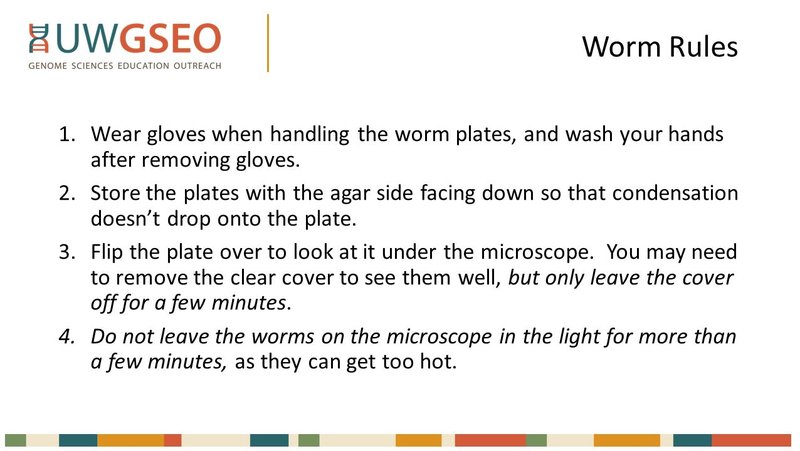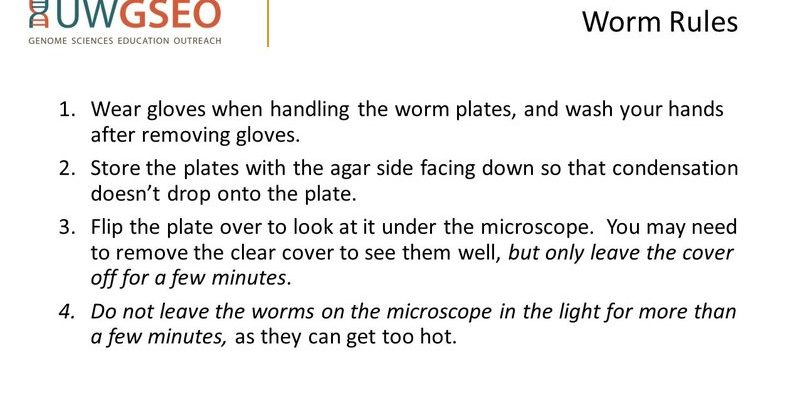
Hammerhead worms, especially the species known as *Bipalium kewense*, can have some unique characteristics that require proper tools and gloves to handle safely. Just as you wouldn’t dive into a DIY project without the right gear, you shouldn’t handle these worms without preparation. Let’s break down everything you need to know about safely handling hammerhead worms—from choosing the right gloves to the tools that make the process easier.
What Are Hammerhead Worms?
Hammerhead worms are part of a group known as land planarians. They are often recognized by their unique hammer-shaped heads, which set them apart from other worm species. Generally, these worms can range in size from just a few inches to about a foot long! Their colors can vary too, often appearing in shades of brown, gray, or black, sometimes with stripes.
You might wonder why these worms have suddenly caught your attention or cropped up in your garden. Well, hammerhead worms are primarily predatory, mainly feeding on earthworms. This makes them interesting from an ecological perspective but potentially problematic if you are trying to maintain a healthy garden. While they are not harmful to humans, it’s crucial to handle them correctly to avoid skin irritation.
Why Safety Matters
Here’s the thing: while hammerhead worms aren’t dangerous in the way some creatures can be, they do produce toxins. Handling them directly can lead to skin irritation or allergic reactions. It’s similar to how some people can enjoy spicy food while others can’t handle even a tiny bite. Protecting yourself is always a smart move.
In addition, improper handling can stress the worms, which is something we want to avoid. These little guys have their roles in the ecosystem, and disturbing them can disrupt that balance. Using tools and gloves when handling them ensures that both you and the worms stay safe and healthy.
Choosing the Right Gloves
When it comes to gloves, you want something that provides a solid barrier between your skin and the worm’s secretions. Here are a few options:
- Latex Gloves: These are thin and give you a good grip. However, they can tear easily, so be careful.
- Nitrile Gloves: These offer more durability, making them a popular choice for handling various creatures. Plus, they’re latex-free, which is great for those with allergies.
- Heavy-duty Garden Gloves: If you’re more into a rugged approach, these can protect your hands and arms, especially when reaching into dense vegetation.
When you choose your gloves, think about what feels comfortable for you. If you can’t feel what you’re handling, it can lead to accidents.
Essential Tools for Handling Hammerhead Worms
Besides gloves, having the right tools can make handling hammerhead worms easier and safer. Here are some must-haves:
- Container: Use a small container with a lid to transport the worm safely. Something with air holes can help if you want to observe them.
- Long-Handled Spoon or Scoop: This is perfect for gently lifting worms without making direct contact.
- Water Spray Bottle: Lightly misting the worm can help keep it moist, especially if you’re keeping it for a short amount of time.
Having these tools on hand can make the process feel less intimidating. Think of it as preparing for a camping trip; the more gear you have, the more comfortable you’ll be.
How to Handle Hammerhead Worms Safely
Now that you’ve got your gloves and tools ready, let’s go through the steps for safely handling hammerhead worms:
1. **Put on Gloves:** Always start by putting on your gloves to protect your skin. Remember, gloves are your first line of defense.
2. **Use Your Tools:** Grab your long-handled spoon or scoop. Approach the worm slowly to avoid startling it.
3. **Gently Lift the Worm:** Slide the spoon under the worm, keeping it flat and steady. If it’s wiggly, don’t panic! Just be gentle.
4. **Transfer to a Container:** Place the worm into your container, ensuring you’re doing so carefully to prevent injury to both you and the worm.
5. **Observe or Release:** If you’re researching or just curious, take some time to observe. Otherwise, release it back into a suitable environment where it can thrive.
Handling hammerhead worms doesn’t have to be a daunting experience. With the right approach, you can interact with them safely and respectfully.
What to Avoid When Handling Hammerhead Worms
While it’s great to be excited about handling hammerhead worms, there are some common pitfalls you should steer clear of:
- Touching Directly: Avoid handling them with bare hands. Always use gloves or tools.
- Excessive Handling: These worms are not pets; try to limit how long you hold onto them to reduce stress.
- Ignoring Reactions: If you notice any irritation on your skin or other reactions, wash your hands immediately and seek help if needed.
Keeping these points in mind will guide you toward successful interactions with hammerhead worms that are safe for everyone involved.
Handling hammerhead worms may seem a bit intimidating at first, but with gloves and the right tools, you can do it safely. Remember that these unique creatures play an important role in their ecosystems, so it’s essential to treat them with respect. As you explore, always prioritize your safety and the well-being of the worms. With a little preparation, you can journey into the interesting world of hammerhead worms and deepen your understanding of these fascinating beings. Embrace the curiosity, and enjoy the adventure!

